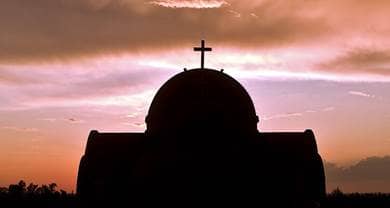- Trending:
- Pope Leo Xiv
- |
- Israel
- |
- Trump
- |
- Social Justice
- |
- Peace
- |
- Love

RELIGION LIBRARY
Oriental Orthodoxy
The Oriental Orthodox Churches represents a communion of six churches within Christianity: The Coptic Orthodox, Ethiopian Orthodox, Eritrean Orthodox, Syrian Orthodox, Malankara Orthodox (India), and Armenian Apostolic churches. Although these six churches are still in full communion with one another and have similar theologies and doctrines, they are hierarchically autonomous from each other, lacking any equivalent to the Eastern Orthodox Patriarch of Constantinople or the Roman Catholic Pope of Rome. Because of this independence, the churches have established their own unique forms of literature, ritual, art, and liturgy. Not surprisingly, they use various languages and even have different versions of scripture due to language differences. Each of the six churches traces its heritage back to the missionary efforts of the first century C.E. The Oriental Orthodox Churches were unified with the Christian Church universal until the 5th century C.E. when they split from the Roman and Byzantine (Eastern Orthodox) Churches at the Fourth Ecumenical Council (at Chalcedon in 451 C.E.), thus being termed "non-Chalcedonian" or "pre-Chalcedonian." The split occurred over the doctrine of the "two natures" of Christ, of which the Oriental Orthodox claimed Christ only had one nature, at once both human and divine. One of the modern challenges of Oriental Orthodox Churches is their cohabitation with other majority religious traditions such as Islam, Buddhism, Hinduism, and Judaism. Another modern challenge facing the Oriental Orthodox Church is the potential reconciliation with the Eastern Orthodox Church and Roman Catholic Church. Since the 1960s, numerous conferences have been held aiming at theological reconciliation.
Quick Facts
| Formed | 451 |
| Adherents | 27,000,000 |
| Deity | God (Trinity) |
| Sacred Text | Bible |
| Origin | Middle East |
| Headquarters | None (various churches have headquarters; Coptic/Egypt; Ethiopian; Armenian; Syrian; Nestorian) |










